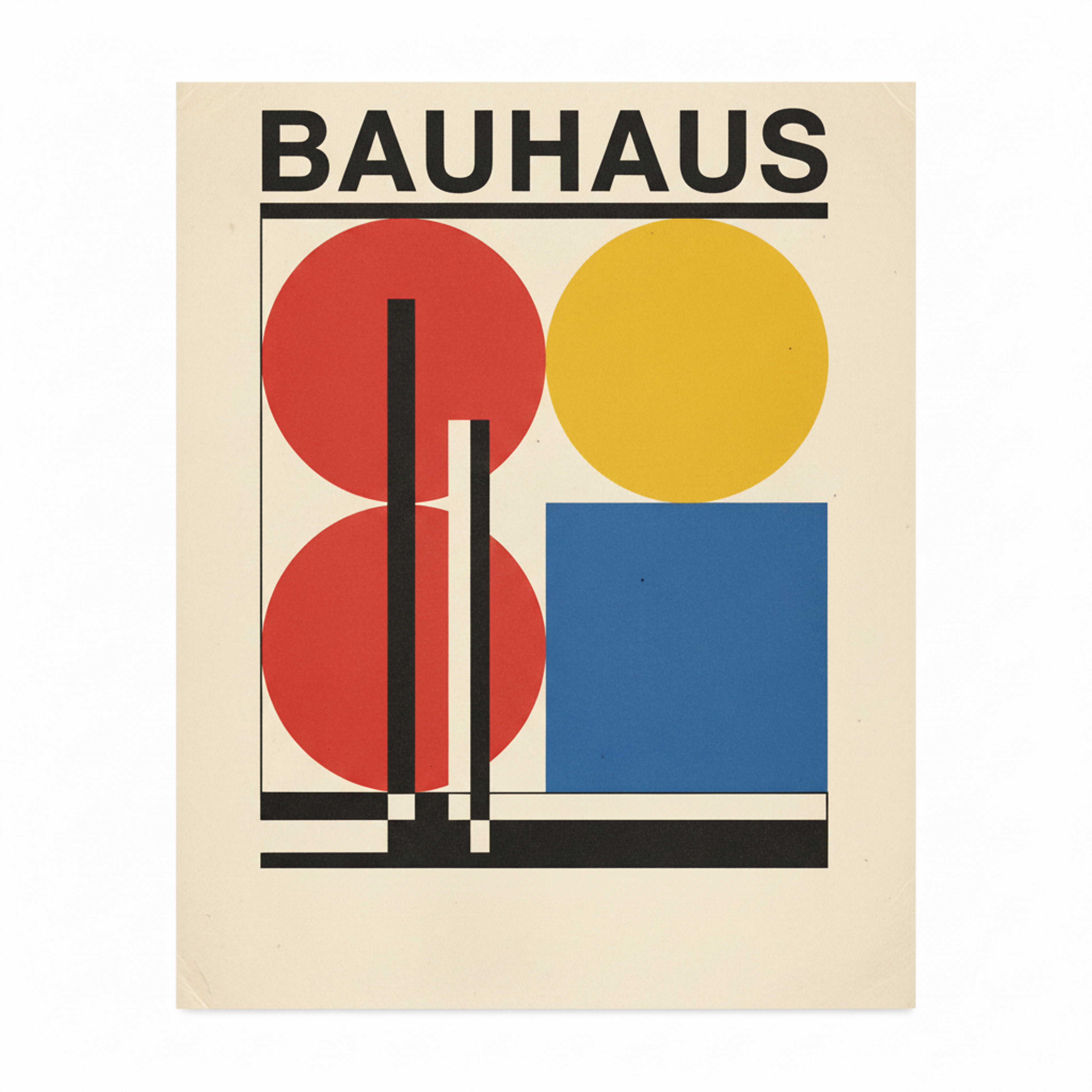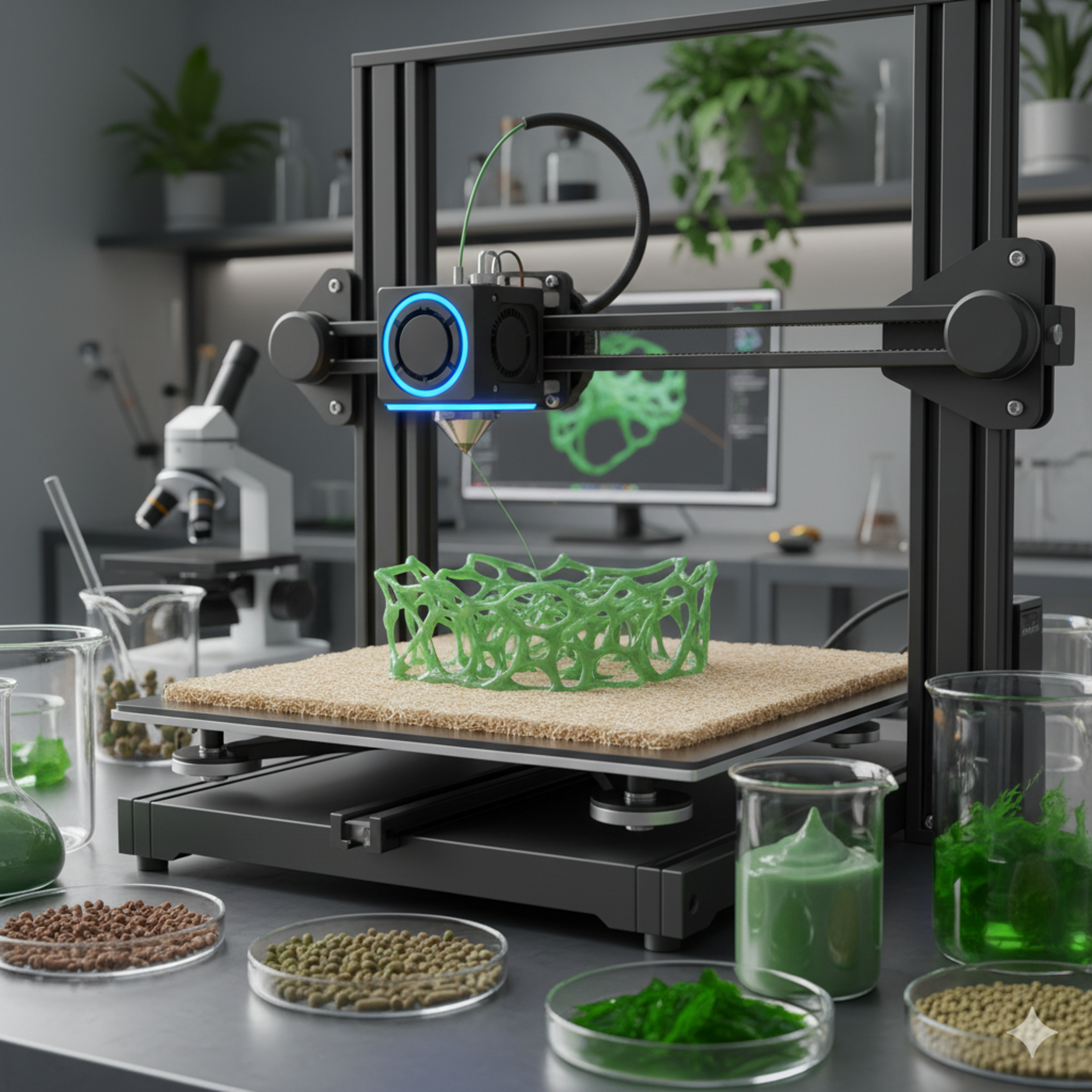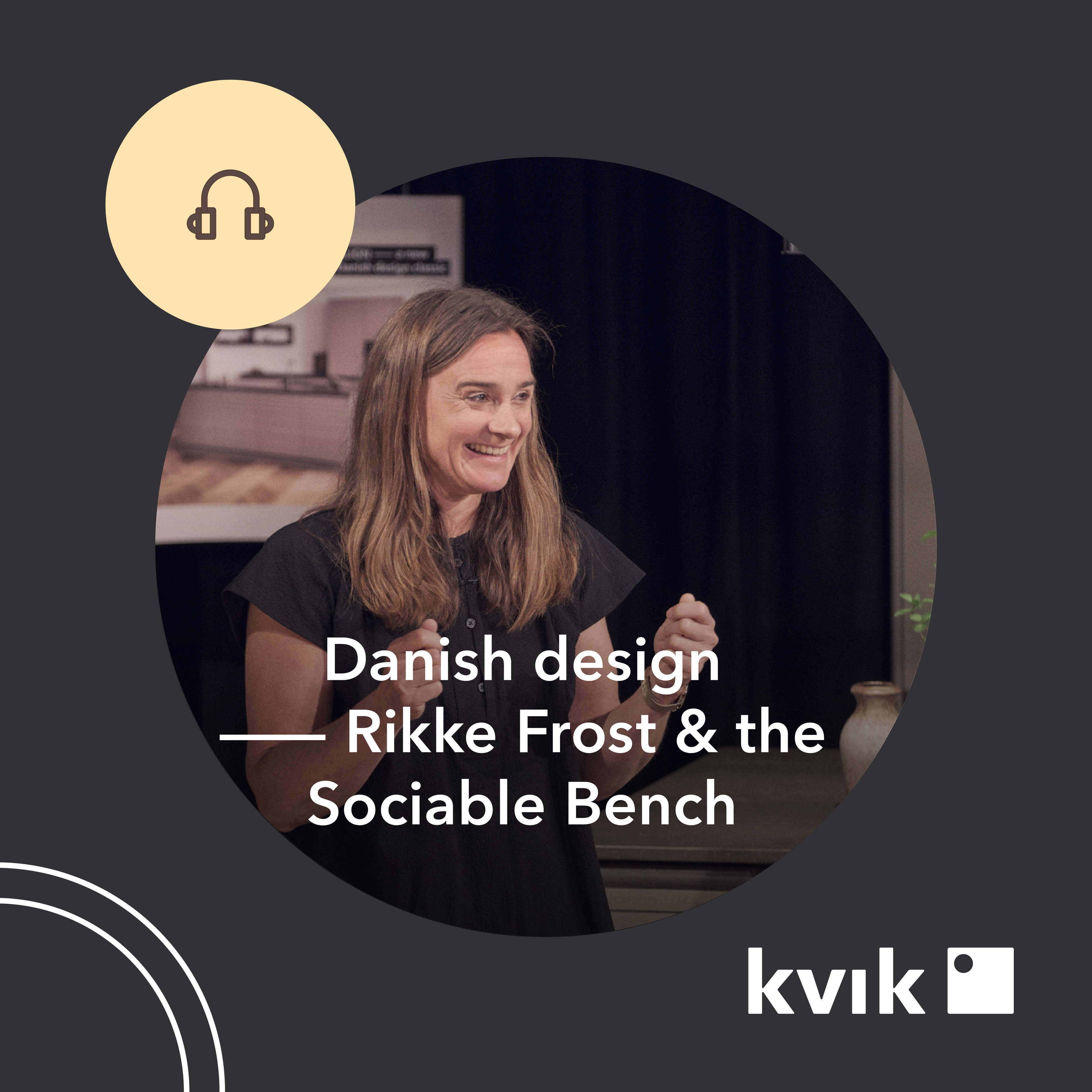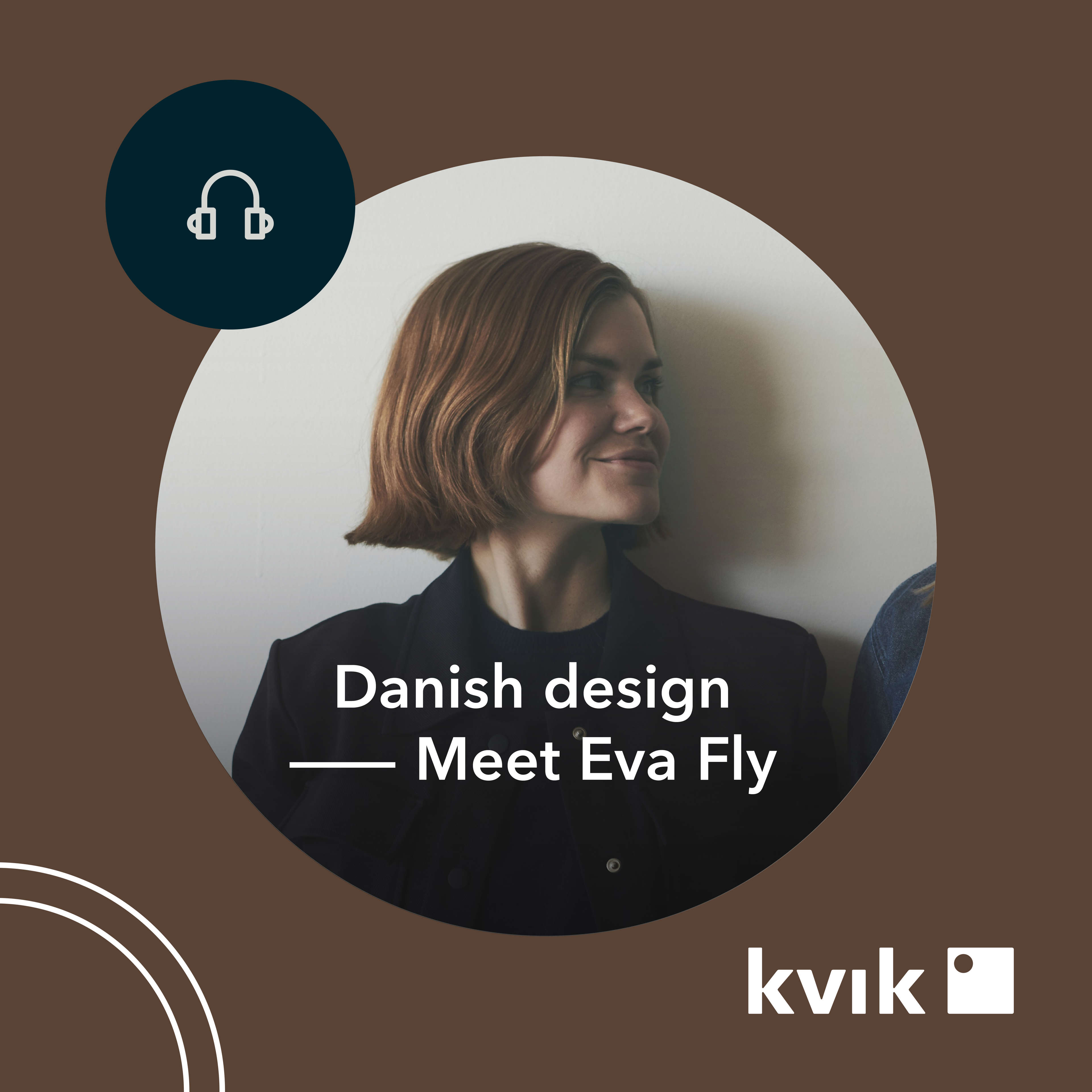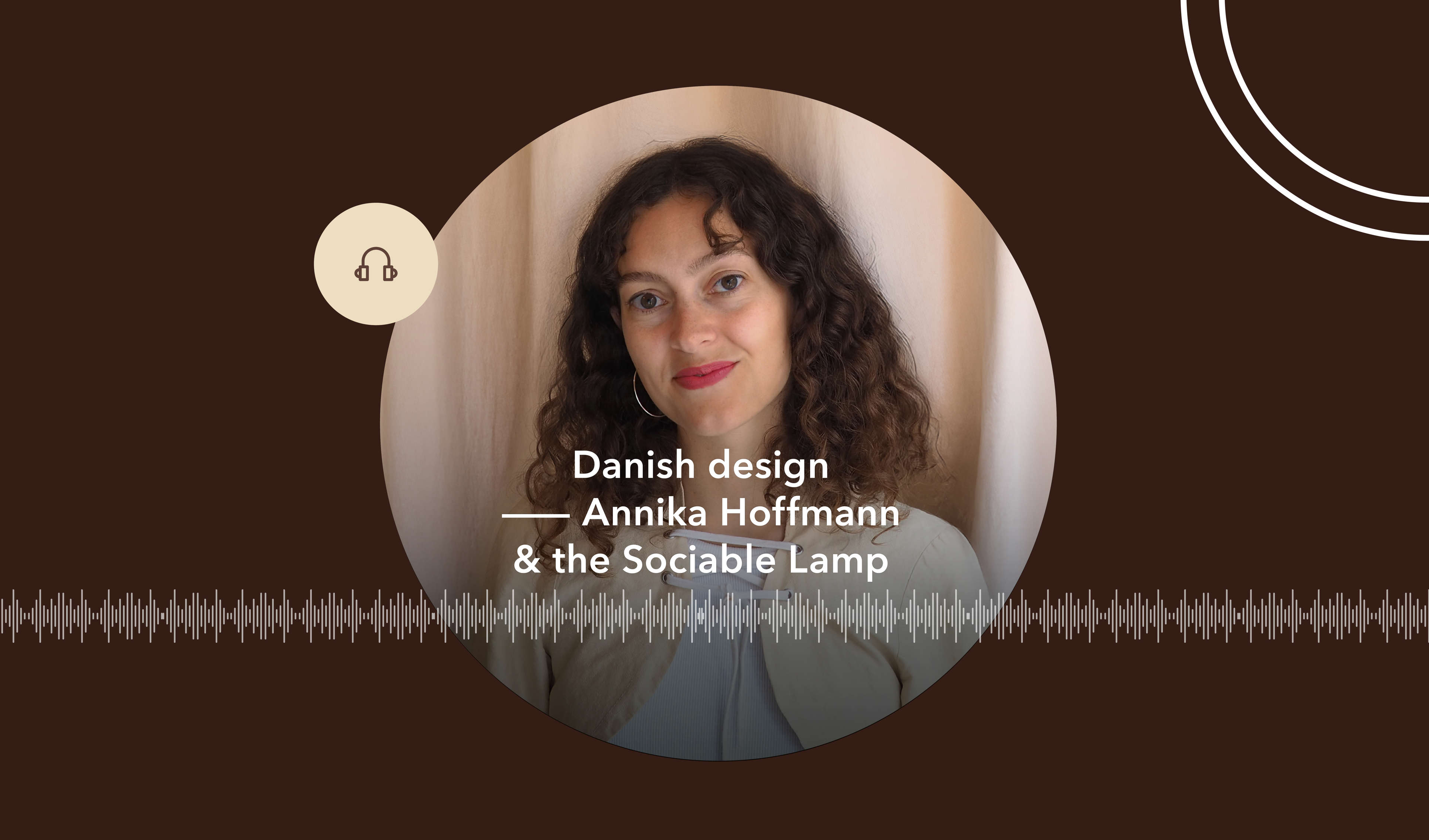
When a design school internship turns into a real product, you know there’s a good story behind it.
In this episode of The Sociable Kitchen® Podcast, host Julie Broberg talks with Annika Hoffmann, a newly graduated Danish designer whose internship project became The Sociable Lamp — part of Kvik’s Kvik Living collection, created with Danish lighting specialists Frandsen.
Annika shares how her design went from sketch to production, what it’s like to see your first product launched before graduation, and how light can shape atmosphere, mood, and togetherness.
She also reflects on the Danish design tradition, the future of sustainable materials, and why she’s currently inspired by Bauhaus, biomaterials, and 3D printing.
✨ The Sociable Lamp launches in January 2026 — and its story begins here.
This page is a transcript of the episode.
Annika Hoffman & the Sociable Lamp
Julie: Welcome to The Sociable Kitchen, a podcast by Kvik. I'm Julie Broberg. Today we're talking to a young Danish designer, Annika Hoffman.
She recently graduated from Design School Kolding here in Denmark with a master's degree in industrial design with a focus on designing for people. During her studies, she did an internship with Danish lighting specialist Frandsen. It's there that we encountered her. We had just approached Frandsen to design a small pendant lamp that would match our kitchens.
It's not every intern who gets to do real design work during their internship, but Annika's supervisor gave her the task and asked her to run with it.
Annika: And I was just lucky that my supervisor at Frandsen was like, you can start working on this task. And then it ended up in this pendant that’s going into production.
Julie: Yes, it's being produced. So what about your classmates? Were they jealous? (Laughs.)
Annika: I guess because it's quite, it's just very unexpected to get something in production, I think, when you're just in an internship. Yeah. So I myself was quite surprised. And also, yeah, I felt very lucky that the, they actually chose to continue working with this lamp.
Julie: So how, what was the project like? What did the brief look like? How did it come about?
Annika: Yeah, it was like. Actually just to, of course, to design something for Kvik, of course, was in itself, giving some, boundaries for the task, but also it was just to design like this small kitchen pendant that could be used for a lot of different kitchens and should be like, course very simple and stylish and everything.
It was actually quite open in that sense.
Julie: Was it?
Annika: But still it was very nice to try to actually design into a real context, with a client sitting there waiting for something and giving feedback on the ideas we came up with.
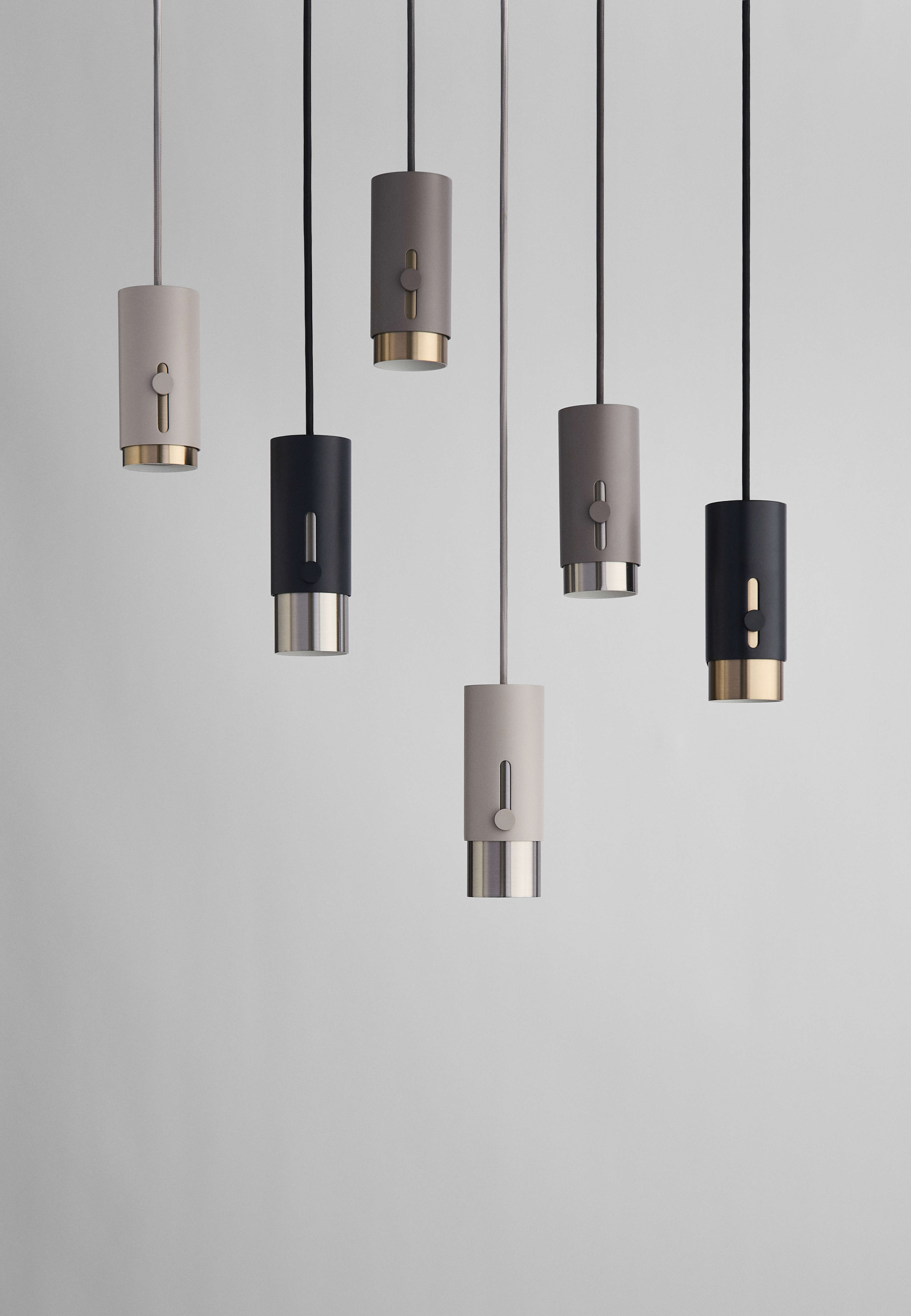
What was the process?
Julie: Take me through the process step by step. How does it work?
Annika: I guess we just got the brief, had a meeting with the Christian from Kvik, and then we just started sketching and of course I was brainstorming also with my colleague and yeah, we just started sketching and showed him some of the ideas we had and did some renderings to show the functionalities that we came up with and.
He just gave feedback and was like, okay, maybe we could use this, but can we see it in other colours or in a wall version and stuff like that. So it was like back and forth.
Julie: And did they have the colours in mind from the beginning?
Annika: He had something that it should fit into like a universe. So he had some colours.
He wanted arizona beige, london grey. So kitchen colours. It should fit into the whole kitchen context of making it, being able to both be practical, working light for when you're like cooking in the kitchen, but also being able to be more dimmed for when you're like just having a casual conversation or dinner or something in the kitchen. It was actually some ideas I think we just came up with because he talked about how the kitchen was this living space in the house, that it should be possible to do a lot of different activities there and stuff. So that was also something we brainstormed at during the process of designing it.
Julie: How far was what you originally came up with from what you ended up with?
Annika: Yeah, it was actually pretty close from the beginning. I think the idea with the two shades inside each other was actually something I came up with quite early, I think, and then of course it got tweaked during the process, but I think it was pretty much there from the beginning. And the size of it as well because it was meant to be very small.
Julie: Was there a point when you were, as you're going down the road where you're like, okay, “I think this is really gonna happen.” Did you have a one moment when you're like…really?
Annika: Yes. For a long time I was still like, they can still not choose it anyway, so I wasn't sure that it was actually gonna happen for a while. But then when the first prototypes arrived at the office, it was just like it was just so cool to see it actually finished. I had imagined it on my renders, so there I was like, okay, I think this is actually going to happen.
Julie: Did you see it at ThreeDaysofDesign? We had it there.
Annika: Yes. I only saw pictures of it because I had exams at that point, so I wasn't able to attend there, which was so sad because I heard that it was exhibited there and everything.
Julie: It was the prototypes. But they were hanging on the wall and we had it like in an art museum, so we credited you with creating them..
Yeah, I saw that. I saw that slide like in a museum. Yeah. And it was
Annika: That was so nice. Yeah. I got very happy and proud when I saw that.

Julie: So are lamps something that you want to specialise in in general? You're an industrial designer, so it must be broader and it just happened to be a lamp.
Annika: I wanted to dive more into lamps, and that was also why I applied at the internship at Frandsen, because I was really into the whole lighting and lamp design. Also because I studied a Bachelor's degree, which was also concerned with it product development. And then we worked a lot also with lighting as an output thing.
So I think I was just already a bit into that universe. And then I wanted to continue working with that. So I applied for Frandsen and then after that I just learned even more about lamps and really wanted to continue with that, but of course I'm also doing other projects, so it's not that I'm only working with lights, only doing only doing lamps.
The Sociable Lamp
Julie: Kvik invented the Sociable Kitchen® back in 1998 and since we launched our Kvik Living line of furniture, lighting, and accessories, we have reserved the “Sociable” name for products that especially fit our DNA, products that are high quality Danish design, but at a price point that's accessible to many people.
So we've got a Sociable Table and a Sociable Chair, for example, and Annika's lamp design will be called the Sociable Lamp.
Annika: It makes so much sense for me, with the whole being able to fit to different situations. That’s also a lot what this sociable kitchen as supposed to be like happening so many different activities in there, different things in the kitchen.
Julie: Can you describe the lamp a little bit more?
Annika: It consists of these two shades, like an inner and an outer shade, and then it's actually quite simple, but the idea is just that you can turn this little knob on the side and then slide down the inner shade to control the lighting.
So there's like a spotlight inside it. So when it, the shade is slid up, it's more like directly on the surface. So it like gives practical working light and then when you slide it down, it dims it in a way, the atmosphere changes around the lamp and directs it a little bit.
Julie: And how big is it?
Annika: It’s quite small. It's, what is that, 20 centimeters or something? And then of course it can change the length. And then the inner, shade is like a metal look, and the outer shade is like in different colours, like black and beige.
Julie: The Sociable Lamp comes in three colors that match our kitchens —arizona beige, london gray, and classic black. You can choose between two metal finishes for the adjustable shade, brushed brass, and brush steel, so you can match the vibe to other fixtures in your kitchen.
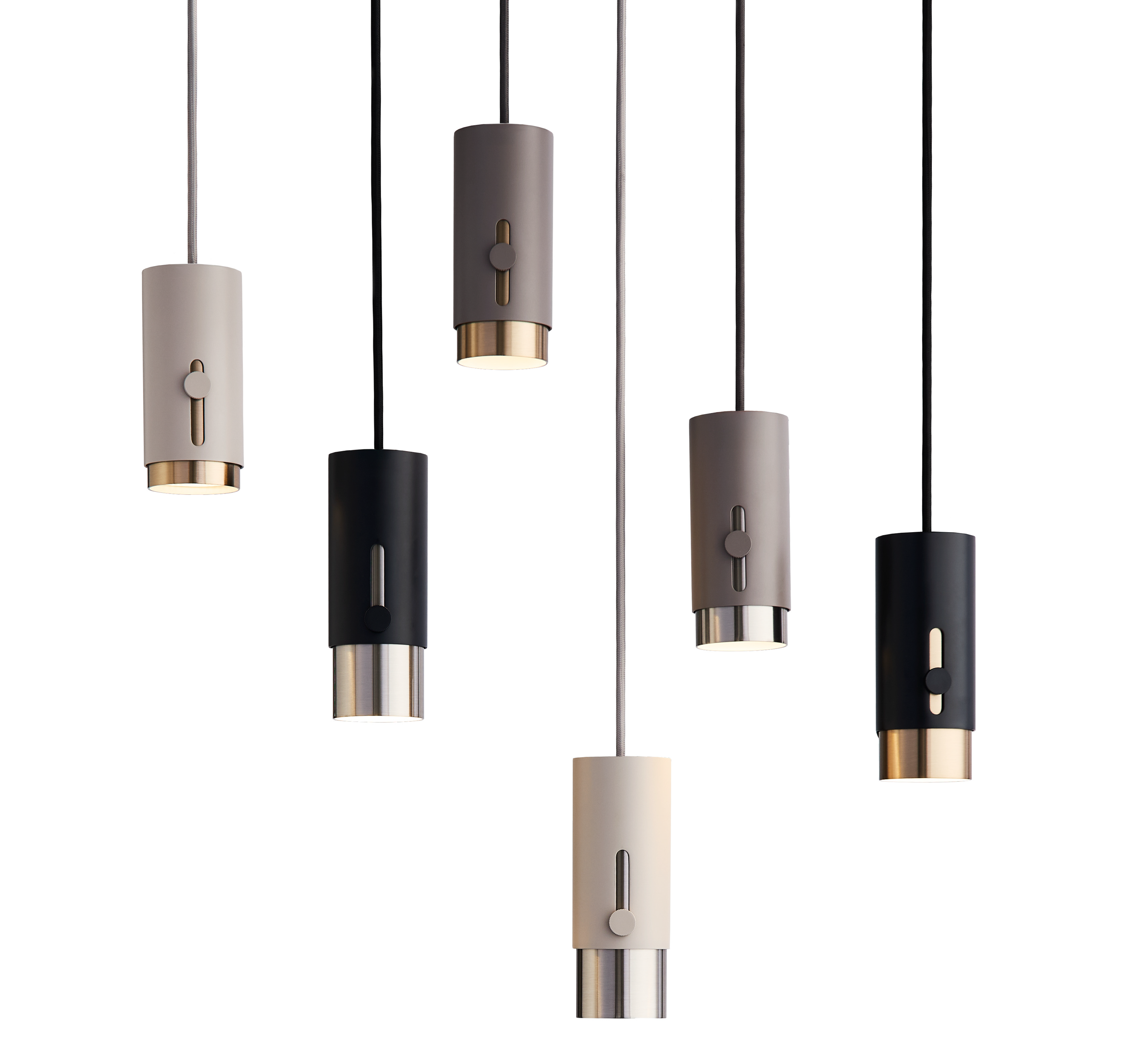
Julie: Naturally I had to ask Annika as a young, newly graduated Danish designer about her thoughts on the Danish design tradition. Let's talk a little bit about Danish design in general. Being a young designer, I think it's a big design tradition to live up to. Do you feel that as a foundation on which you stand, or is it a little bit of a burden or do you not even think of it in that way?
Annika: I feel like I mostly just like an inspiring foundation, I would say.
Yeah. Yeah. Because I just feel like there's so many inspiring Danish designers and it's definitely something I take inspiration from, but. Also don't want to be boxed by the idea of Danish design, but I guess it's more about taking those things and then interpreting them in my own way. In your own way, and also
Julie: In your own way, also for today.
Annika: Yeah, exactly. Like fitting it into the world of today and the way we live today. Yeah. I definitely thinking about sustainability and design in more ways, both in like material like, uh, innovating on sustainable materials, but also like sustainability in the aesthetics and like in the production processes and everything.
I just find that very interesting and I think that's definitely a very important tendency that we see in, Danish design for me — sustainability. It's a lot of things and it's also in my master's degree, we learned also a lot about involving like people in the design process and making design that is actually made for the people who are going to use it.
And then in that way, also making it more sustainable because it leads to a better product match. And that means people might want to keep the products for a longer time. And I mean. So I guess that there's a lot of ways to think sustainability in a future context.
What's inspiring you right now?
Julie: Before we wrapped up, Annika shared a bit about what's inspiring her right now and where she hopes design is headed.
Annika: I feel like at the moment, I'm looking so much into all kinds of design things, because I'm also looking for jobs and everything. So I've just been finding a lot of cool designs and design companies and everything. But also during my, summer vacation, I went to visit the Bauhaus schools in Germany.
It was actually such a fun experience and inspiring experience to see that. All these buildings and stuff that I've been seeing so many times on like pictures and then seeing them in real life. So right now I'm just very inspired by that.
Julie: There’s so much philosophy behind it.
Annika: Yeah. So I'm very inspired just by the geometries and simplicity and just the democratic ideas that the Bauhaus school had at that time. So right now I'm diving into that.
Julie: What's bubbling up?
Annika: I’m looking into a lot of biomaterials also lately. Where people are like experimenting with making all kinds of materials for chairs, but also textiles and stuff of biodegradable materials. And I just, I really wanna look more into that because I feel like it's. Yeah, it's so cool. And I'm, myself is doing a lot of 3D printing as well.
And there's also people developing filaments to 3D print that is made out of all kinds of biodegradable materials. Oh, that I've
Julie: I've heard about 3D printing food. Yeah. I've not tried it, but I've, I read an article about it not that long ago. So there are some experiments going on.
Annika: Definitely. Where you can use waste material and some stuff. All kinds of stuff. That's interesting. I really wanna learn more about that. 'cause I think it's so cool what you can do with that.
Julie: A big thank you to Annika Hoffman for joining us here on the Sociable Kitchen Podcast. Her Sociable Lamp launches in January 2026 as part of Kvik Living.
